CNRS
Type of resources
Available actions
Topics
Keywords
Contact for the resource
Provided by
Years
Formats
Representation types
Update frequencies
status
Scale
-
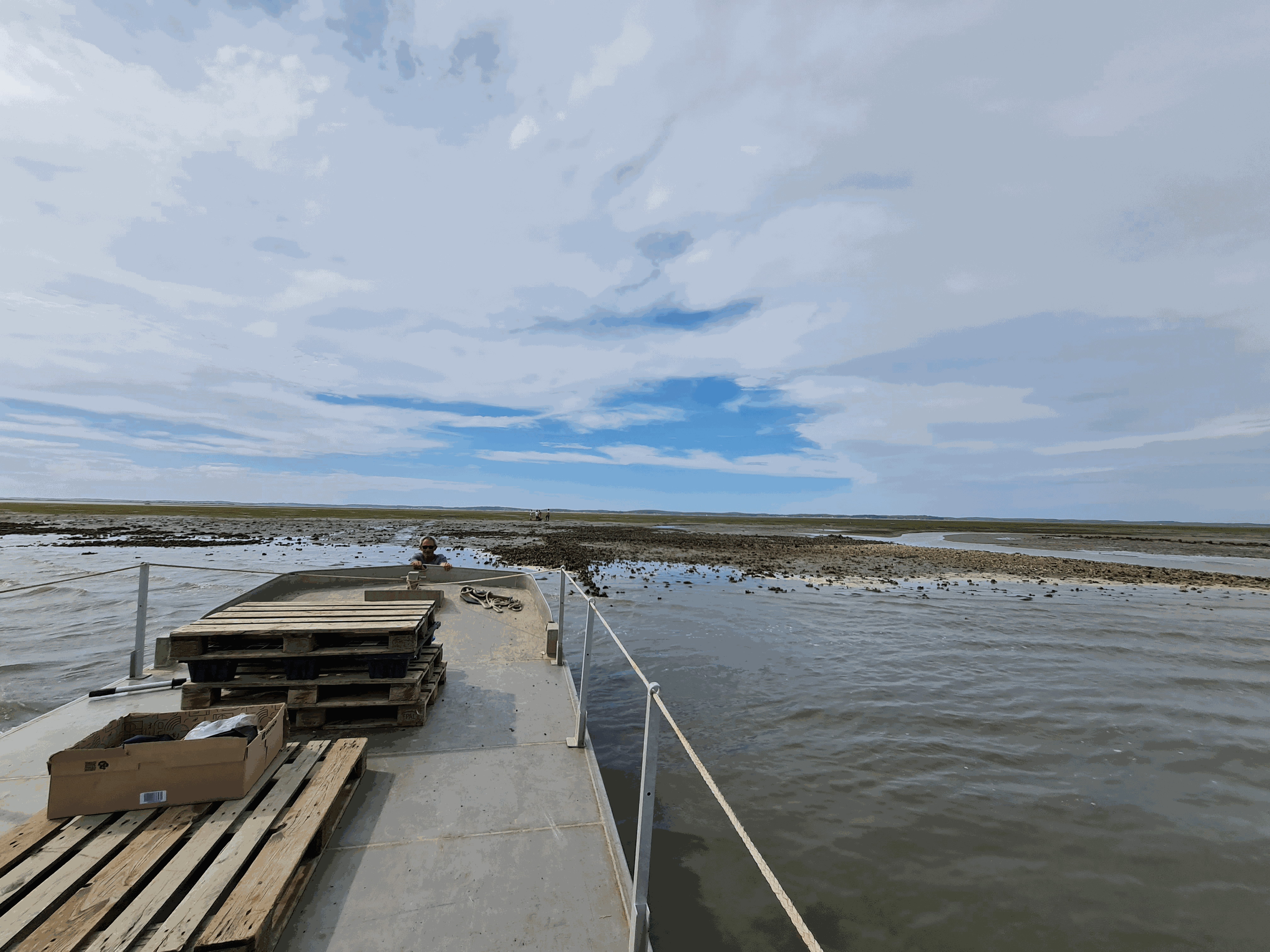
The Arcachon Bay is a unique and ecologically important meso-tidal lagoon on the Atlantic coast of south-west France. The Arcachon Bay has the largest area of dwarf seagrass (Z. noltei) in Europe, the extent of which was stable in their extent between the 1950s and 1990s, but a decline in seagrass was observed in mid-2000. The decline of Zostera (seagrass) may have a significant impact on sedimentation in this coastal ecosystem rich in marine life. Interface cores were collected in September 2022 to determine sediment and mass accumulation rates (SAR, MAR) in the Arcachon Bay. Ten study areas were selected, distributed over most of the areas where seagrass meadows are actually observed. Two sites were visited each time, one with the presence of Zostera noltei in good condition (Healthy) and the other where the sediment was bare (Bare). Maximum water heights during spring tides range from 3.44 m for the deepest site (Garrèche) to 2.09 m for the shallowest site (Fontaines). A total of 20 sediment cores were sampled and carefully extruded every 1 cm from the top to the bottom of the core. The sediment layers were used to determine dry bulk density and selected radioisotope activities: DBD, 210Pb, 226Ra, 137Cs, 228Th and 40K expressed as %K).
-

SpiArcBase is a software developed for the treatment of Sediment Profile images (SPIs). Sediment Profile Images (SPIs) are widely used for benthic ecological quality assessment under various environmental stressors. The processing of the information contained in SPIs is slow and its interpretation is largely operator dependent. SpiArcBase enhances the objectivity of the information extracted from SPIs, especially for the assessment of the apparent Redox Potential Discontinuity (aRPD). This software allows the user to create and manage a database containing original SPIs and corresponding derived pieces of information. Once you have downloaded it, you can ask for help and stablish a helpdesk.
-
Le critère de définition du bon état écologique pour le descripteur D1 – Habitats pélagiques est le critère D1C6 : « les caractéristiques du type d'habitat, notamment sa structure biotique et abiotique et ses fonctions, ne subissent pas d'effets néfastes dus à des pressions anthropiques ». Un des indicateurs retenus, développés pour les communautés phyto- et zooplanctoniques, est l’indicateur PH1, basé sur la dynamique comparée de groupes fonctionnels (ou paires de formes de vie). Les échelles d’évaluation géographiques considérées sont les masses d’eau côtières de la Directive Cadre sur l’Eau (DCE) à la côte et les paysages marins mensuels au large, combinés sur une seule couche annuelle pour les besoins de l’évaluation. Le PH1 est en cours de développement et d’adaptation aux données disponibles dans les SRM, la période de référence et les seuils restent à définir pour cet indicateur. L’évaluation du bon état écologique n’a donc pu être effectué pour ce premier cycle DCSMM. Les données sont présentées sous la forme de fichiers géoréférencés de type shapefile.
-
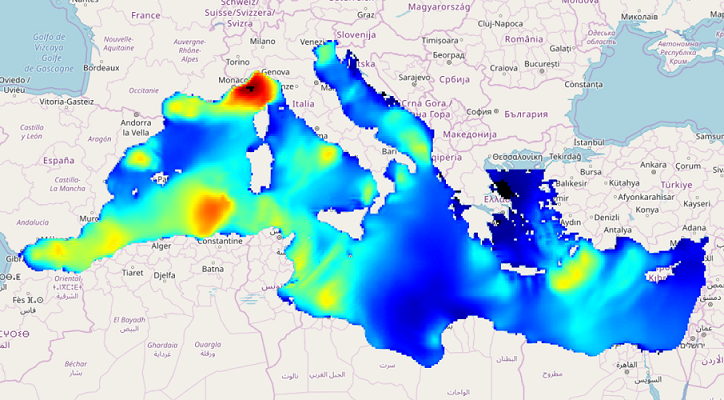
IOWAGA sea-states hindcast database generated by the wave model WAVEWATCH-III and forced by ECMWF winds on the Mediterranean grid over 2005-2017 period.
-
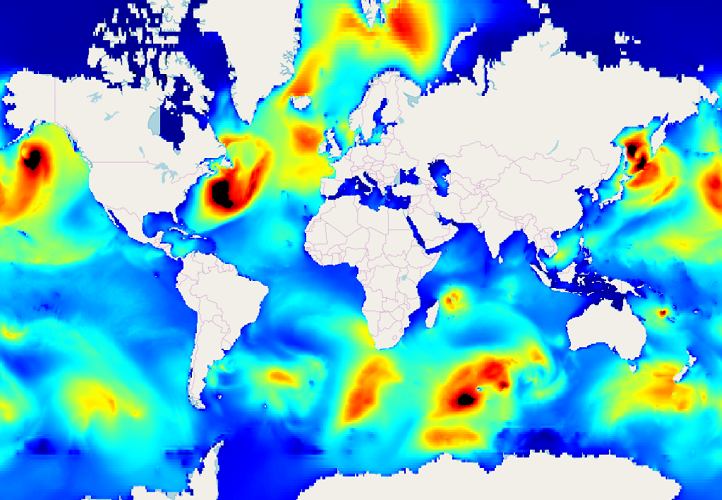
IOWAGA sea-states hindcast database generated by the wave model WAVEWATCH-III and forced by ECMWF winds on the Global grid over 1990-2012 period.
-
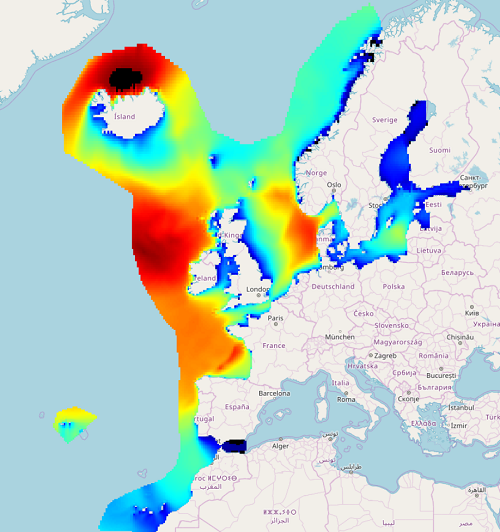
IOWAGA sea-states hindcast database generated by the wave model WAVEWATCH-III and forced by ECMWF winds on the North East Atlantic grid over 1990-2012 period.
-

IOWAGA sea-states hindcast database generated by the wave model WAVEWATCH-III and forced by ECMWF winds on the French coast of the Atlantic ocean unstructured grid over 2008-2018 period.
-
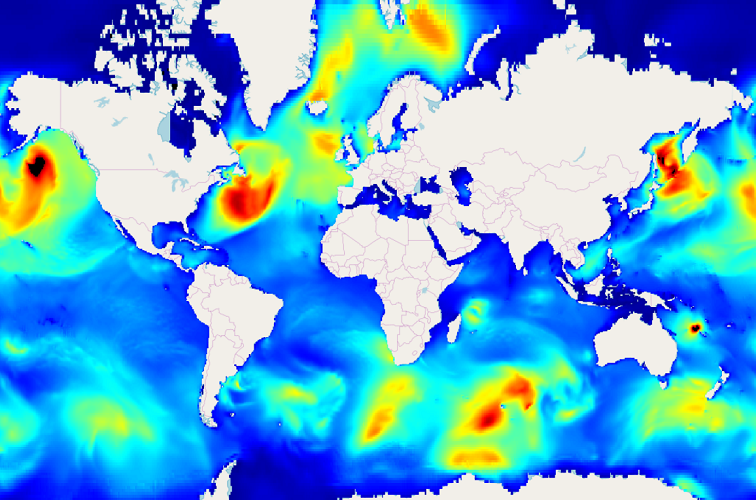
IOWAGA sea-states hindcast database generated by the wave model WAVEWATCH-III and forced by CFSR winds on the Global grid over 1990-2012 period.
-

IOWAGA sea-states hindcast database generated by the wave model WAVEWATCH-III and forced by ECMWF winds on the North mediterranean grid over 2004-2017 period.
-
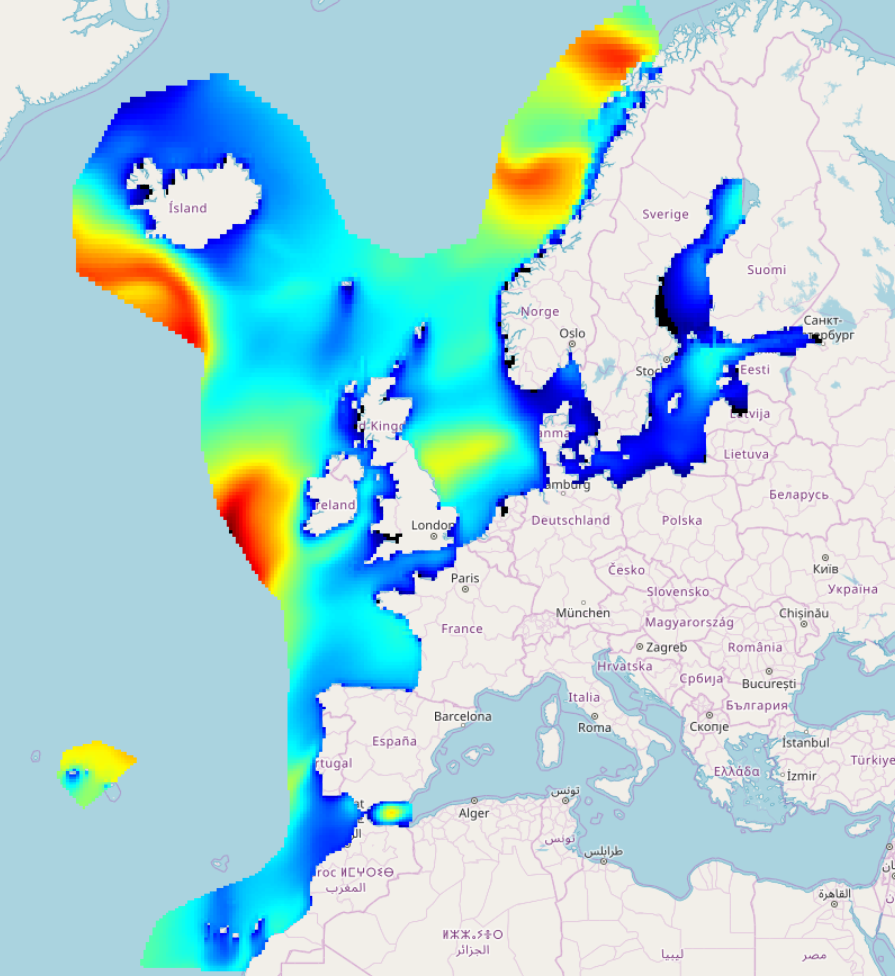
IOWAGA sea-states hindcast database generated by the wave model WAVEWATCH-III and forced by CFSR winds on the North East Atlantic grid over 1990-2012 period.
 Catalogue PIGMA
Catalogue PIGMA